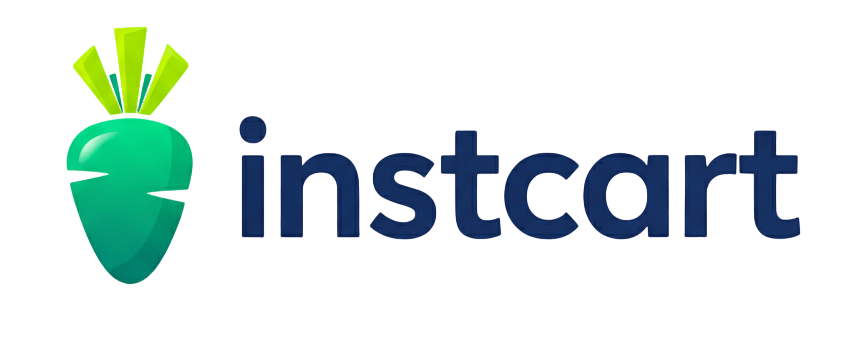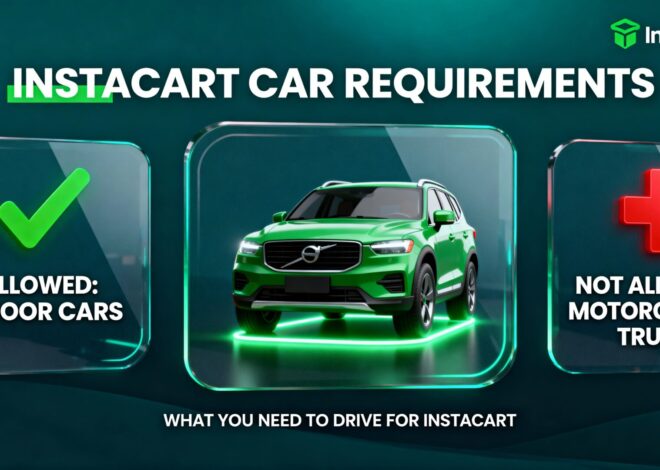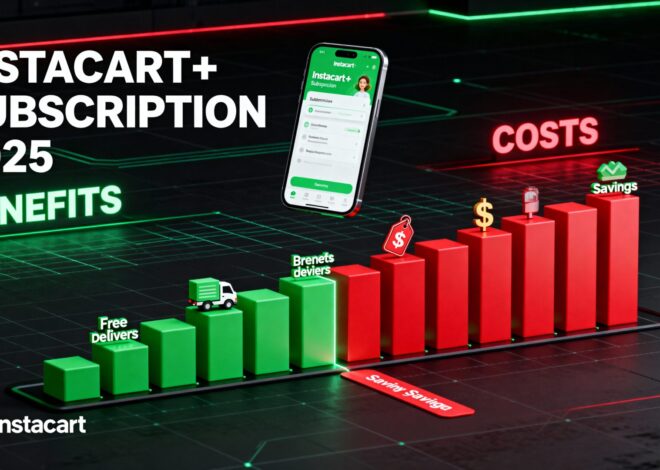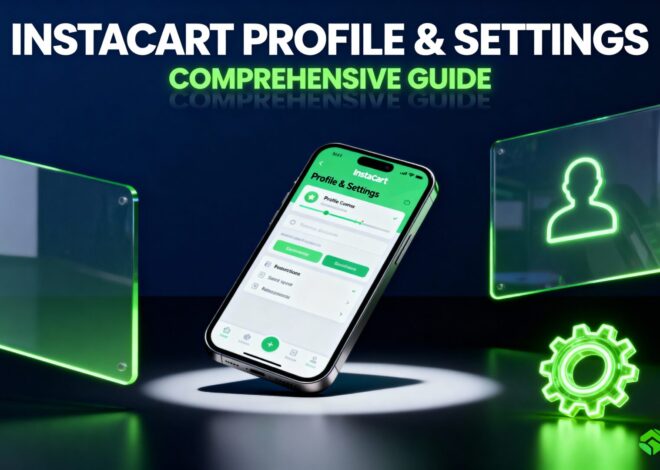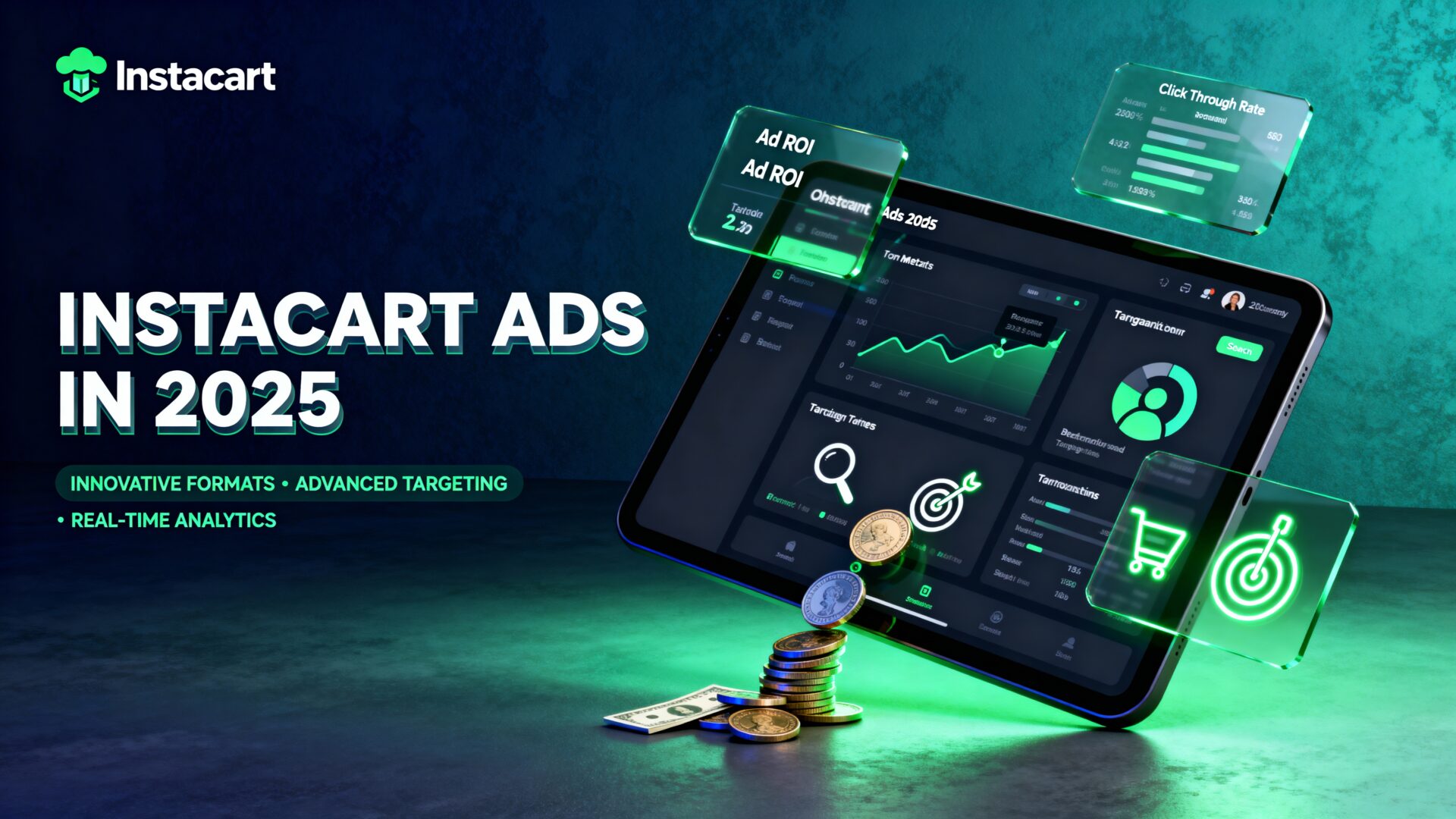
Instacart Ads in 2025: The Ultimate Guide for Brands and Advertisers
In the rapidly evolving landscape of retail media, Instacart Ads has solidified its position as a powerhouse platform for consumer packaged goods (CPG) brands and advertisers looking to connect with high-intent shoppers at the critical point of purchase. As of October 02, 2025, Instacart Ads reaches over 98% of U.S. households and spans more than 80,000 stores across 1,400+ retail banners in the U.S. and Canada, making it a go-to solution for driving sales, building awareness, and optimizing campaigns with real-time data. With innovations like Retail Powered Media (RPM), Instacart Developer Platform (IDP), and advanced targeting through partnerships with YouTube, Uber, and others, the platform is poised for 16.1% growth in its advertising business this year. This comprehensive guide explores everything you need to know about Instacart Ads—from how it works and ad formats to targeting options, measurement tools, 2025 updates, benefits, case studies, and tips for success. Drawing from official sources and industry analyses, we’ll help brands of all sizes—from global giants like PepsiCo to emerging startups—understand how to leverage this ecosystem for measurable results. Whether you’re new to retail media or optimizing existing campaigns, Instacart Ads offers a unique blend of scale, precision, and performance in a market where consumers spend billions annually on groceries.
Instacart Ads isn’t just about placing products in front of eyes; it’s about capturing intent when shoppers are ready to buy, shortening the path from discovery to checkout. Over 5,500 brands already advertise here, reaching customers across click, cart, and checkout. Let’s unpack it all.
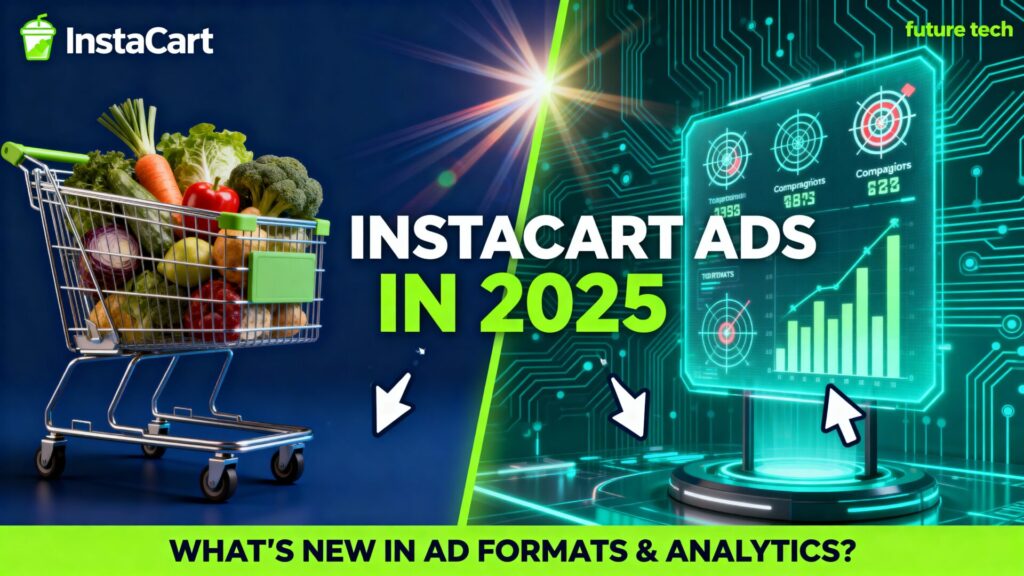
What Is Instacart Ads? An Overview
Instacart Ads is Instacart’s advertising platform that enables brands to promote their products directly to consumers on the Instacart marketplace and beyond. Launched as part of Instacart’s evolution from a delivery service to a full retail tech ecosystem, it allows advertisers to target shoppers at key moments in their journey—from browsing to adding to cart. The platform serves over 75,000 brick-and-mortar stores in more than 13,000 cities, offering the largest grocery catalog in the world for product discovery.
For brands, Instacart Ads provides a performance-driven model: Choose products to promote, set a budget, and pay only when users engage. This pay-for-performance approach, combined with real-time reporting, helps optimize campaigns on the fly. It’s particularly powerful for CPGs, as it taps into Instacart’s high-intent audience—shoppers actively building carts with purchase intent. Unlike traditional ads, these are delivered in a context where conversion is immediate, leading to proven lifts in sales and category share.
In 2025, the platform emphasizes full-funnel strategies, from awareness (off-platform ads) to conversion (in-app promotions), supported by first-party data from Instacart’s 14 million+ active users. This makes it a vital tool in a retail media market projected to hit $100 billion globally.
How Instacart Ads Works for Brands
Getting started with Instacart Ads is straightforward, designed to accommodate brands of all sizes—from large CPGs like Mondelez and Unilever to upstarts like Sweet Loren’s. The process involves three core steps:
- Choose Your Products: Select items to promote from your catalog. Instacart’s tools help identify high-potential SKUs based on performance data, ensuring ads appear in relevant search results, category pages, or personalized recommendations.
- Pay for Performance: Set a budget and bidding strategy. Advertisers only pay when users engage (e.g., clicks or adds to cart), making it cost-effective. In 2025, the new Target ROAS (Return on Ad Spend) feature allows setting exact ROAS goals for optimized bidding, refining performance over minimum ROAS approaches.
- Learn What Works: Launch the campaign and monitor results via real-time dashboards. Optimize based on insights like click-through rates, sales lift, and audience engagement.
Brands can manage campaigns through the self-serve Ads Manager or partner with agencies for advanced strategies. The platform supports both on-platform (in-app) and off-platform ads (e.g., via Google, Meta, or YouTube), using Instacart’s first-party data for precise targeting. For example, Retail Powered Media (RPM) lets brands use retailer customer data for offsite ads on Google Shopping or Meta, directing traffic back to Instacart for same-day delivery.
This closed-loop system—from ad exposure to purchase—provides measurable ROI, with average incremental sales lifts of 15%+ from campaigns.
Ad Formats Available on Instacart Ads
Instacart Ads offers a variety of formats to fit different objectives, spanning the shopping journey. While specific names aren’t always detailed, they include brand-first solutions that integrate seamlessly into the user experience.
- Sponsored Products: Highlight items in search results, category pages, or recommendations. These appear as “Sponsored” and drive direct adds to cart, ideal for boosting visibility and sales.
- Display Ads: Banner or carousel ads on homepages, department pages, or during checkout, used for awareness and promotions.
- Video Ads: Short videos in feeds or product detail pages, engaging users with storytelling.
- Custom Pages and Sampling: Branded landing pages or virtual sampling for new product launches.
- Off-Platform Formats: Through RPM, ads on Google Shopping, Meta Catalogs, or YouTube, using Instacart data for targeting and directing to Instacart for fulfillment.
In 2025, formats emphasize interactivity, like shoppable videos or AI-driven personalized ads based on user behavior.
Targeting Options and Audience Reach
Instacart Ads excels in precise targeting, leveraging first-party data from millions of shoppers.
- Audience Segments: Target by demographics, purchase history (e.g., past buyers of your brand), location (store-specific), or behavior (e.g., high-intent searchers).
- Keyword Targeting: Bid on search terms like “organic milk” to appear in results.
- Contextual Targeting: Ads based on cart contents or browsing (e.g., suggest complementary items).
- Off-Platform Targeting: Partnerships enable targeting on external platforms: YouTube for video ads using Instacart data; PubMatic for programmatic display; Thrive Market for niche audiences.
- Reach: 98% of U.S. households, 80,000+ stores, with hyper-local options for regional campaigns.
This data-driven approach ensures ads reach ready-to-buy consumers, minimizing waste.
Measurement and Reporting Tools
Instacart provides robust measurement to track ROI.
- Real-Time Dashboards: Monitor impressions, clicks, adds to cart, and sales in closed-loop reporting.
- Key Metrics: Incremental sales lift (average 15%+), ROAS, category share, and awareness metrics.
- Insights Tools: Consumer Insights Portal for deeper data on shopper behavior.
- Optimization: Use Target ROAS for automated bidding to hit specific goals.
Brands can attribute sales directly to ads, with privacy-compliant tracking.
2025 Updates and Innovations
2025 brings exciting advancements to Instacart Ads, focusing on bundled expansion and developer tools.
- Retail Powered Media (RPM): Uses first-party retailer data for offsite ads on Google Shopping or Meta, capturing intent with local, same-day delivery options.
- Instacart Developer Platform (IDP): Public API for third-party apps to build Instacart carts, integrating delivery into health, wellness, or food apps.
- Target ROAS: Optimized bidding for exact ROAS goals, improving predictability.
- Partnerships: With YouTube for targeted video ads; PubMatic for programmatic; Uber for restaurant tab integration (free delivery for + members on $35+); Thrive Market for Carrot Ads targeting.
These innovations enable full-funnel strategies, from awareness to conversion.
The Instacart App for Shopify: A Key Integration for Merchants
A standout tool for brands using Shopify is the Instacart app for Shopify, which seamlessly connects Shopify merchants to Instacart’s ecosystem. If you’re already selling on Shopify, this app allows you to easily sign up for an Instacart Ads account, track campaign performance, and report on Instacart sales data directly from your Shopify dashboard.
How It Works
- Sign-Up and Sync: Download the app from the Shopify App Store, connect your accounts, and sync products to Instacart for advertising and sales tracking.
- Performance Tracking: View Instacart sales data alongside Shopify metrics, including ad performance across formats.
- Ads Management: Create and manage Instacart Ads campaigns without leaving Shopify, extending reach to Instacart’s high-intent audience.
- Benefits for Merchants: Streamlines operations for Shopify sellers, enabling same-day delivery options and targeted ads to boost visibility and sales.
This integration is particularly valuable in 2025, as e-commerce and delivery converge, helping brands like those on Shopify tap into Instacart’s 14.4 million active users. For more, watch the official YouTube getting-started video or download from the Shopify App Store.
Benefits for Brands and Advertisers
- High-Intent Reach: Ads at point-of-sale drive immediate purchases, with 15%+ sales lifts.
- Scalability: One campaign covers 1,400+ banners and 80,000+ stores.
- Data Insights: Actionable analytics for optimization.
- Flexibility: Suits all sizes, with automation for efficiency.
As Averie Lynch from Tinuiti notes: “Brands can leverage Instacart’s growth and evolving partnerships to expand their marketing strategy. The convenience of Instacart provides a unique opportunity to meet new consumers at a quintessential point of the consumer journey.”
Case Studies and Success Stories
- Slate: Achieved 500% YoY sales growth via Instacart Ads, showcasing platform power for emerging brands.
- General Mills, Unilever: Used for category share gains through targeted promotions.
- Internal tests show 15%+ lifts, validating ROI.
Tips for Success with Instacart Ads
- Start Small: Test with Sponsored Products for quick wins.
- Leverage Data: Use insights to refine targeting.
- Integrate Partnerships: Combine with YouTube or Uber for broader reach.
- Optimize ROAS: Set goals with new bidding tools.
- Monitor Trends: Focus on mobile, as 70%+ traffic is app-based.
- Use the Shopify App: For Shopify merchants, integrate for seamless sales tracking and ads setup.
Final Verdict: Is Instacart Ads Worth It in 2025?
For CPGs and brands, yes—its scale, targeting, and innovations offer strong ROI in a $100B retail media market. With 16.1% growth projected, it’s a must for grocery-focused advertisers. Sign up at ads.instacart.com.
What’s your experience? Comment below!
